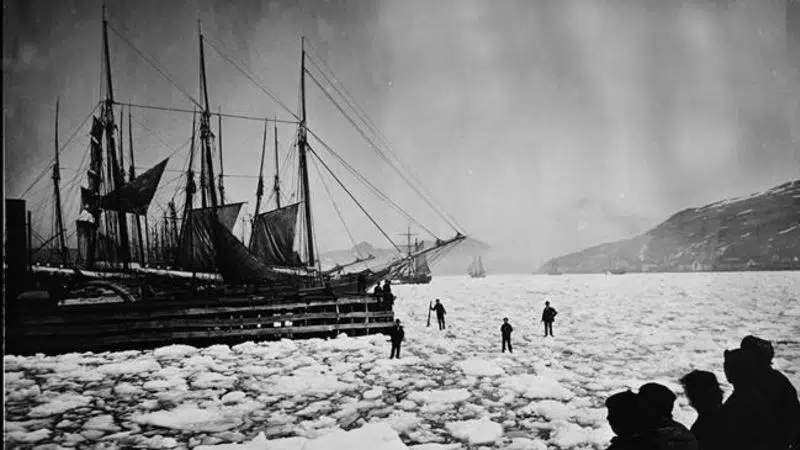
DNA quirk could reveal mysteries of Newfoundland’s first settlers
ST. JOHN’S, N.L. — A Newfoundland genealogist has stumbled onto a rare and mysterious DNA quirk that he says could tell the untold story of the island’s first European settlers.
David Pike, a mathematics professor and genealogist, said the rare mitochondrial DNA profile caught his attention over a decade ago when it began popping up frequently in test results for a Newfoundland and Labrador genealogy project.
The profile — called H5a5, plus another unnamed mutation — is likely European in origin.



